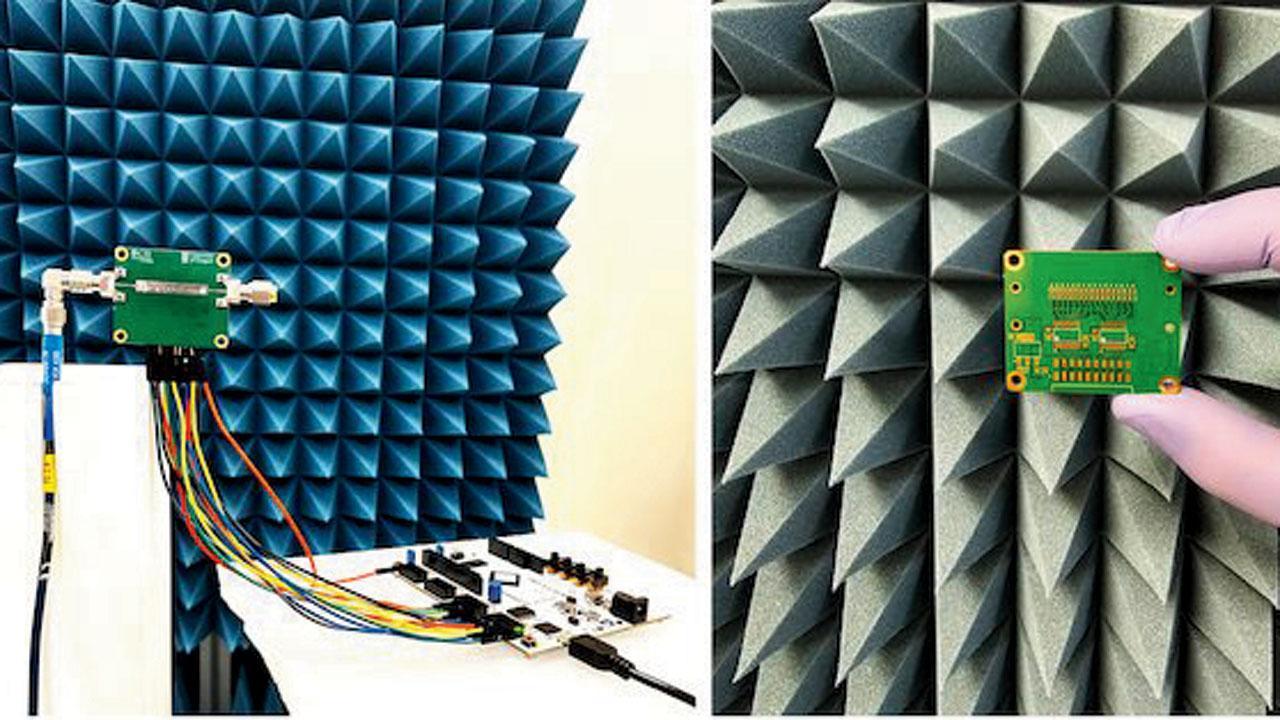Researchers at the University of Glasgow have developed a cutting-edge antenna that could significantly advance 6G wireless communications.

PIC/UNIVERSITY OF GLASGOW
OpenAI’s release of the AI-generated video program Sora highlights a new era in digital media, enabling the creation of realistic videos from simple text prompts. However, this advancement raises significant concerns about the potential for generating misleading content. According to researchers at Drexel University, traditional digital media detection methods fall short of AI-generated videos. Presenting their findings, Drexel’s Multimedia and Information Security Lab team proposed a machine-learning solution to identify the digital “fingerprints” of various video generators. Their research suggests that while existing image detectors struggle with AI-generated videos, their algorithm can quickly adapt to detect even newly created synthetic videos, offering a promising tool.
Antenna tech could pave way for ultra-fast 6G
Researchers at the University of Glasgow have developed a cutting-edge antenna that could significantly advance 6G wireless communications. Published in the IEEE Open Journal of Antennas and Propagation, the team’s work on the digitally coded dynamic metasurface antenna (DMA) marks a significant leap in antenna technology, capable of operating at the high-frequency 60 GHz millimeter-wave band. This breakthrough could enhance data transfer speeds and reliability for future 6G networks, enabling new applications in communication, high-resolution radar, and real-time holographic imaging. The prototype DMA uses sophisticated signal processing and metamaterials engineered to manipulate electromagnetic waves.
 Subscribe today by clicking the link and stay updated with the latest news!" Click here!
Subscribe today by clicking the link and stay updated with the latest news!" Click here!










